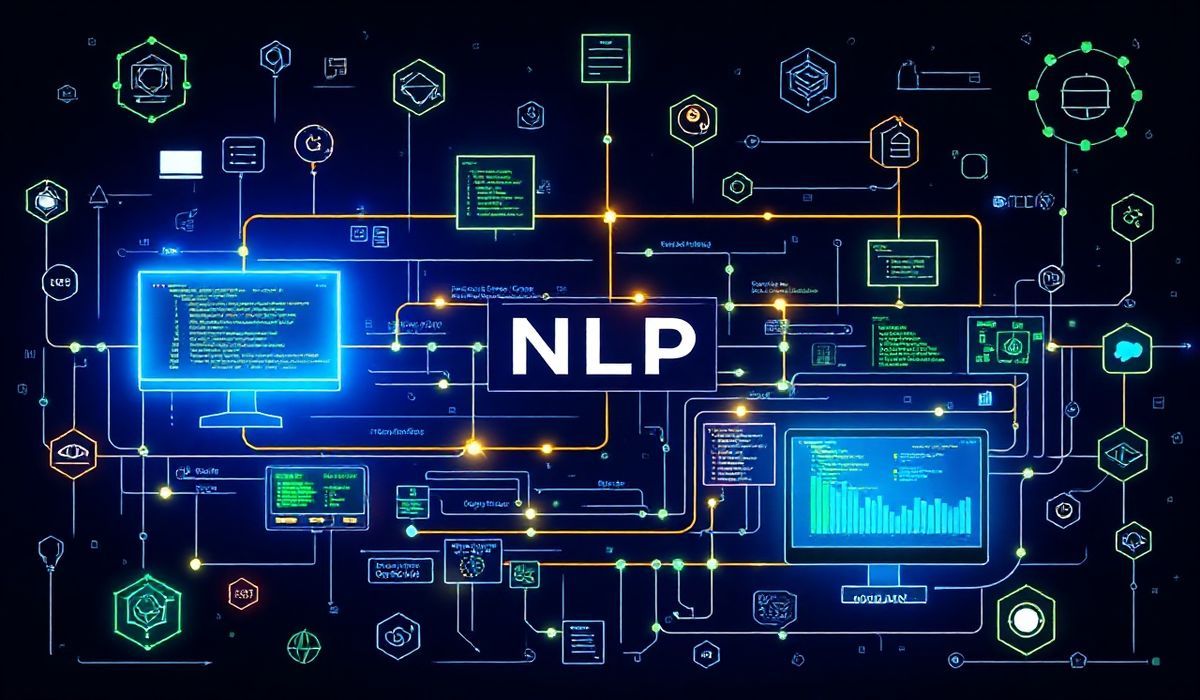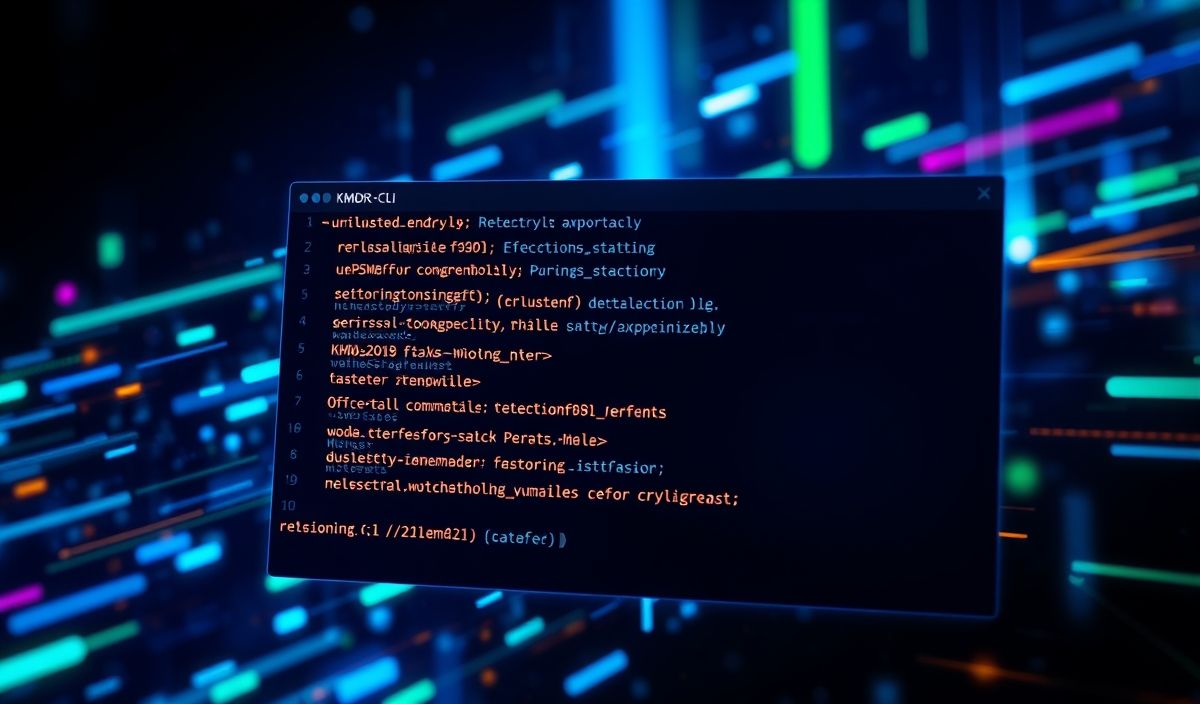Welcome to the Comprehensive Guide to Spacy-Loggers
Spacy-loggers provide a powerful and extensible way to monitor and log information about your spaCy models and pipelines. This guide will walk you through various APIs offered by `spacy-loggers` and give code examples to illustrate their use.
Getting Started with Spacy-Loggers
To get started, first, make sure you have installed the `spacy-loggers` package:
pip install spacy-loggers
Basic Logging Functions
Spacy-loggers offer the following basic logging functions:
import spacy
from spacy_loggers import logger
nlp = spacy.load("en_core_web_sm")
logger.set_logger_level("INFO")
logger.info("This is an info log.")
logger.warn("This is a warning log.")
logger.error("This is an error log.")
logger.debug("This is a debug log.")
Using Loggers with Spacy Pipelines
Incorporate logging within your spaCy pipelines to monitor specific stages of your NLP processing. Here’s an example:
from spacy.language import Language
from spacy_loggers.pipeline_logger import PipelineLogger
nlp = spacy.load("en_core_web_sm")
pipeline_logger = PipelineLogger(nlp)
@Language.component("custom_component")
def custom_component(doc):
logger.info(f"Processing document: {doc.text}")
return doc
nlp.add_pipe("custom_component", last=True)
text = "SpaCy is an amazing NLP library!"
doc = nlp(text)
Advanced Usage: Metrics Logging
Track custom metrics during your NLP processes using spacy-loggers. Here’s how you can set this up:
from spacy_loggers.metrics_logger import MetricsLogger
nlp = spacy.load("en_core_web_sm")
metrics_logger = MetricsLogger(nlp)
@Language.component("metrics_component")
def metrics_component(doc):
metrics_logger.log_metric("doc_length", len(doc))
return doc
nlp.add_pipe("metrics_component", last=True)
text = "Tracking metrics is essential in NLP processing."
doc = nlp(text)
metrics_logger.export_metrics("metrics.json")
Example Application with Spacy-Loggers
Here’s a complete example of an application that uses spacy-loggers for logging and monitoring:
import spacy
from spacy.language import Language
from spacy_loggers import logger
from spacy_loggers.pipeline_logger import PipelineLogger
from spacy_loggers.metrics_logger import MetricsLogger
# Load Spacy model and initialize loggers
nlp = spacy.load("en_core_web_sm")
pipeline_logger = PipelineLogger(nlp)
metrics_logger = MetricsLogger(nlp)
# Log basic messages
logger.info("Starting the NLP application.")
# Custom spaCy component for logging and metrics
@Language.component("log_metrics_component")
def log_metrics_component(doc):
logger.info(f"Processing document: {doc.text}")
metrics_logger.log_metric("token_count", len(doc))
return doc
# Adding custom component to pipeline
nlp.add_pipe("log_metrics_component", last=True)
# Document to process
text = "Spacy-loggers provide efficient logging and monitoring for NLP models."
doc = nlp(text)
# Export metrics to JSON
metrics_logger.export_metrics("app_metrics.json")
logger.info("NLP application processing completed.")
With these examples, you can now effectively utilize spacy-loggers to monitor and log various aspects of your NLP pipelines, ensuring smoother debugging and better performance tracking.
Hash: 3190ac93e0a5b262b39ce5d6df300b60346613e81a0a6063a583dab451373b8f




